
Ailments of the nervous system in dogs and cats Fits
This ailment has many other names which are used loosely to define the same condition.

This ailment has many other names which are used loosely to define the same condition.
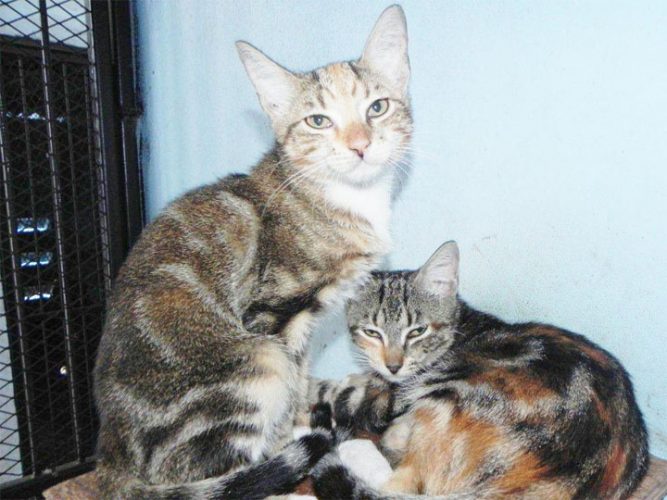
Head injuries Last week we commenced with a new chapter in the ailments that could afflict your companion animals.

Well, we have surely exhausted this topic – and perhaps even supersaturated you with facts about Canine Heart-worm Disease.

Destruction of the immature stages Last week, we concluded the article by saying that even after the adult heartworms in the right heart chambers (and elsewhere) have been killed by the series of arsenic injections, the problem is not over. The

Before we begin with this instalment of this heartworm drama, allow me to surprise you with some facts.
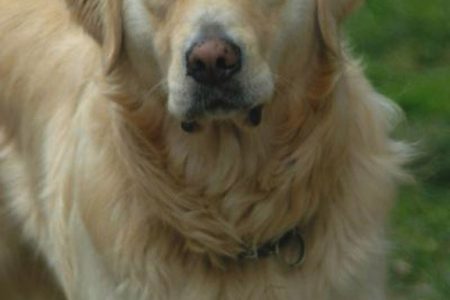
Continued form last week Well, let’s see what we have learned about that rapidly spreading scourge of heartworm.

(Continued from last week) Last week, we documented that the heartworms live mostly in the right side heart chambers.

Continued from last week Last week, I had promised to commence a new theme today, since we had exhausted the topic of maladies associated with the heart and circulatory system.

Continued from last week Right-sided (congestive) heart failure Last week, we discussed the left-sided congestive heart failure, which was the result primarily of the inability of the left ventricle (lower chamber) to function properly.
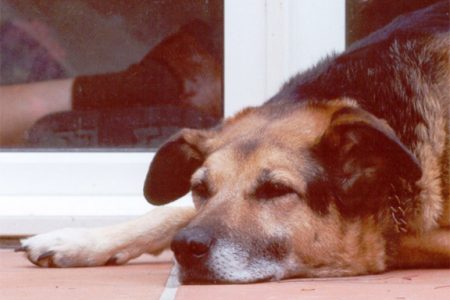
Last week, we defined heart failure as an inability of the heart to provide (by pumping) adequate circulation to meet the needs of the cells, tissues and organs of the body.

Continued from last week Heart failure Heart failure can be defined as a condition whereby the ability of the heart muscle to contract is compromised.

The pulse is really an expression of the heartbeat. The way you take the pulse in humans (feeling the wrist or the pulsation of the big vessels running along the neck area) is not the same with dogs.

General comments As we introduced this new topic last week, we mentioned that the blood circulatory system comprises the blood itself (red cells, white cells, platelets, liquid plasma, dissolved nutrients, waste products), the heart, which pumps the blood throughout the body, and the blood vessels (arteries, veins, and capillaries) through which the blood flows.

Bronchiectasis Don’t be intimidated by this big technical term. You will recall that last week we discussed pneumonia.
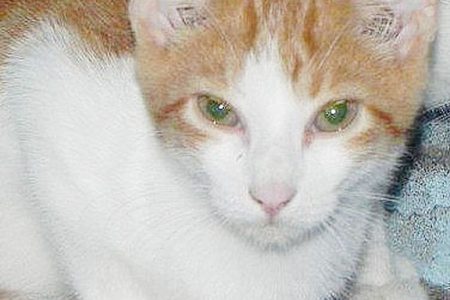
Continued Pneumonia The most common respiratory disease is pneumonia, simply defined as an inflammation of the lungs.

Spasms of the larynx You may recall that we had described the larynx as the “voice box” which contains the vocal cords.
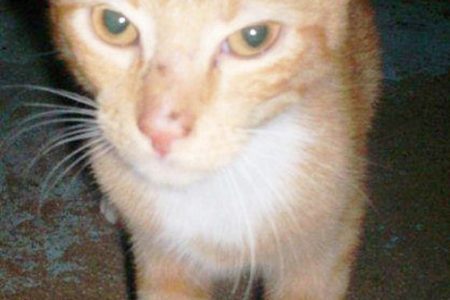
Continued from last week Allow me to begin today’s column by correcting an omission from last week’s Pet Corner.

Continued Vocal cord paralysis (VCP) Last week I said that vocal cords are situated in the larynx (voice box).
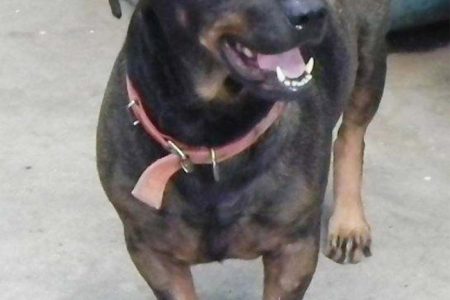
We have been discussing ailments pertaining to the respiratory system of our pets.

Coughing is a reflex action which is initiated by an irritant in the air passages.
The ePaper edition, on the Web & in stores for Android, iPhone & iPad.
Included free with your web subscription. Learn more.